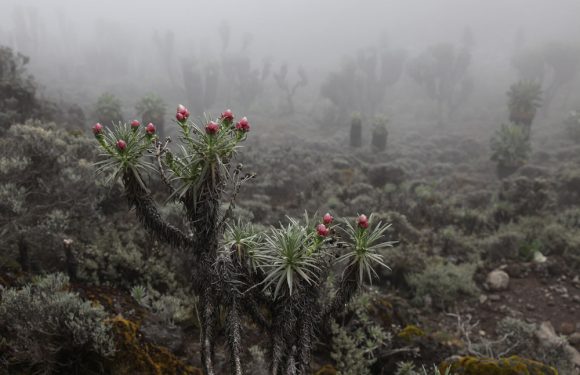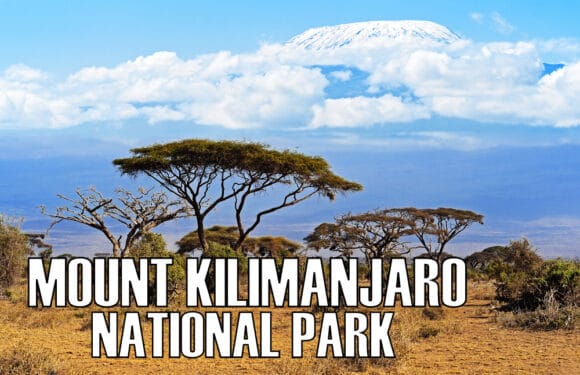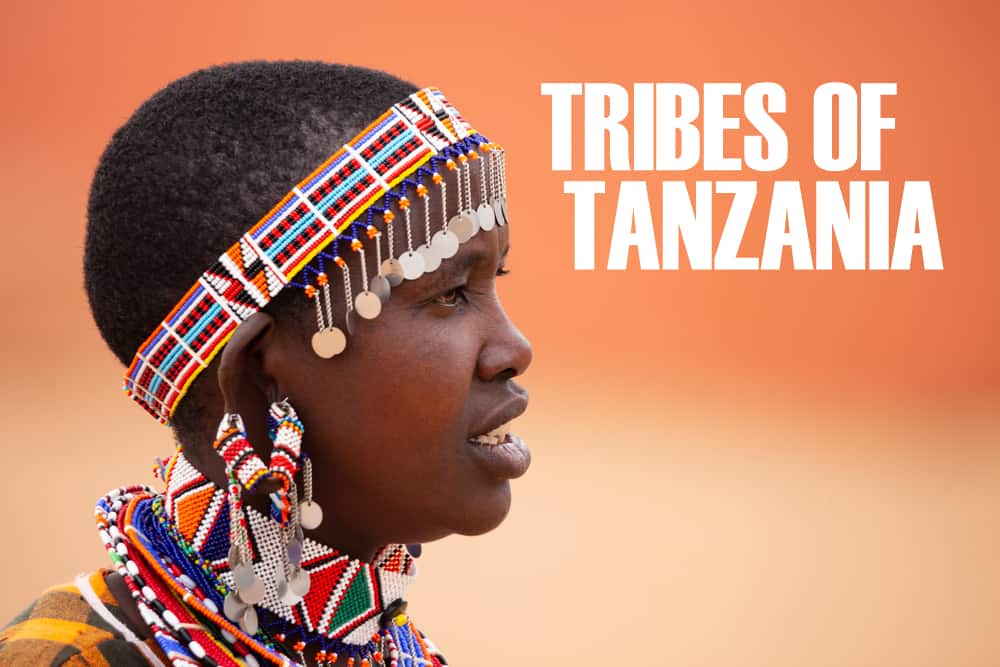
Tanzania has over 120 ethnic groups and tribes. The country’s rich cultural diversity can be attributed to several factors:
- Geographical Diversity: Tanzania’s varied landscapes, from coastal plains to highlands and islands, have supported the establishment of distinct communities. Each region offered unique resources, fostering diverse ways of life and cultural practices.
- Historical Interactions: Interactions between incoming populations and the indigenous hunter-gatherer communities, as well as later interactions with other groups, contributed to a complex mosaic of cultures and languages.
- Social and Political Structures: The formation of tribes served as a means of social organization, with each tribe developing its own governance structures, customs, and traditions. This tribal system allowed for effective management of resources, defense, and social cohesion.
- Adaptation and Evolution: Over centuries, tribes adapted to their environments, political changes, and economic opportunities. This adaptability has led to the continuous evolution of cultural practices and the emergence of new tribal identities.
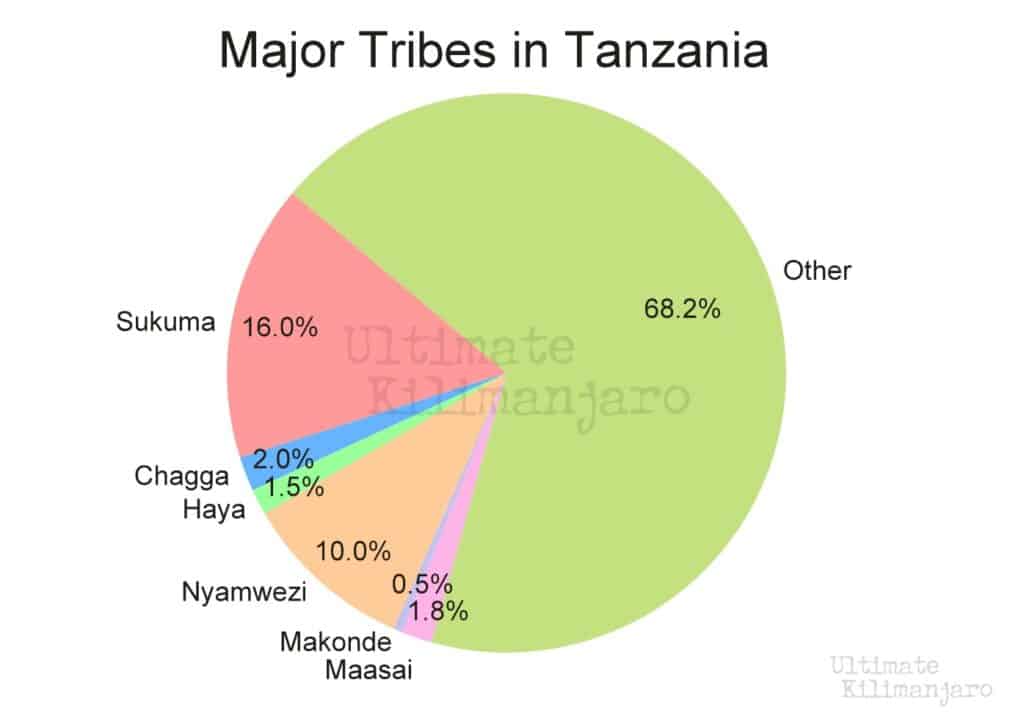
The Bantu Migration
95% of Tanzania’s tribes are of Bantu origin, which originated from the regions of present-day Cameroon and Nigeria. Approximately 2,000 to 3,000 years ago, there was a series of migrations of the Bantu people. This is one of the most consequential movements in human history, reshaping the demographic and cultural landscapes of Africa. The Bantu spread across Central, Eastern, and Southern Africa over centuries, bringing with them their languages, cultures, and innovations.
The Bantu were skilled farmers and ironworkers, practices that allowed them to cultivate a wide range of environments. Their ability to produce surplus food supported larger communities and enabled them to spread and settle across vast areas, including what is now Tanzania. Additionally, their knowledge of ironworking gave the Bantu a significant advantage over the hunter-gatherer communities they encountered. Tools and weapons made from iron facilitated both agriculture and the conquest of new territories.
MAJOR TRIBES OF TANZANIA
Sukuma
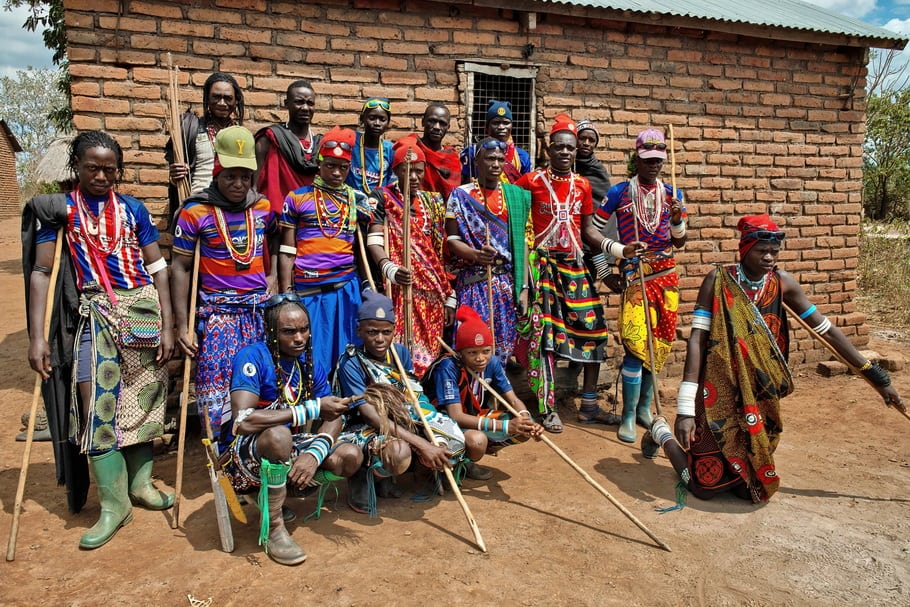
The Sukuma tribe represents the largest ethnic group in the country. With a population that comprises approximately 16% of Tanzania’s total population, the Sukuma people play a big role in the cultural and social fabric of the nation.
Primarily, the Sukuma are agriculturalists, with their economy deeply rooted in the Lake Victoria basin. They are renowned for their cattle rearing, which is not only an economic activity but also a cultural emblem signifying wealth and social status. The tribe also grows crops such as maize, cotton, and millet, which support their sustenance and contribute to the country’s agricultural output.
The Sukuma culture is rich in musical and dance traditions, with the Bugobobobo (or simply Ngoma) being their most famous dance. This vibrant performance is a central aspect of Sukuma festivities and ceremonies. Their music and dance are also mediums through which stories, beliefs, and ancestral wisdom are passed down through generations.
Nyamwezi
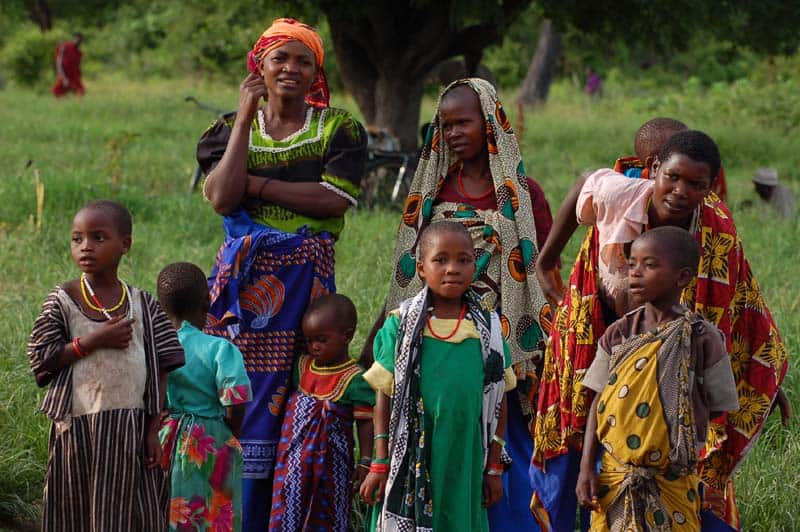
The Nyamwezi are the second-largest tribe in Tanzania, residing primarily in the central region of the country. The name means “people of the moon” or “people of the west.” Their strategic location has made them a important group in trade networks across the African continent.
The Nyamwezi have a long history as traders and caravan leaders, connecting the African Great Lakes with the coast and interior. They moved goods, ideas, and cultural practices across vast distances. This shaped their social organization, with a strong emphasis on community and extended family networks.
Traditional leadership among the Nyamwezi is vested in chiefs and elders, who govern, mediate conflicts, and preserve cultural heritage. These leaders are respected figures who embody the community’s values and traditions. Their traditional dances and music are important cultural expressions, celebrating harvests, rites of passage, and community gatherings.
Chagga
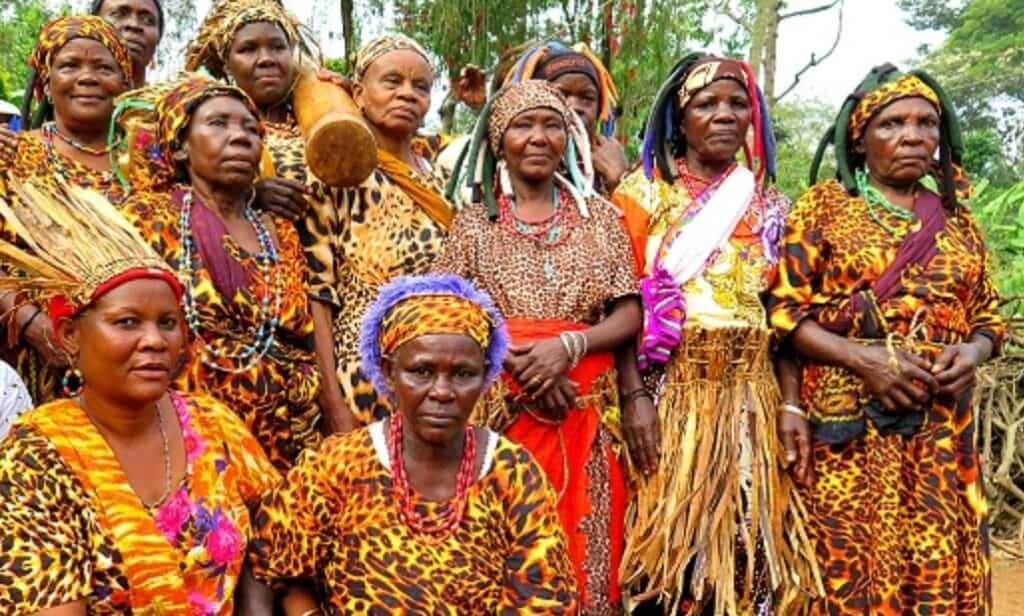
The Chagga people inhabit the fertile slopes of Mount Kilimanjaro in northeastern Tanzania. Representing one of the country’s most industrious ethnic groups, the Chagga have harnessed the volcanic soil’s richness to become skilled agriculturalists. Coffee and bananas are a major cash crop for them, which are cultivated for both commercial and subsistence purposes. The terraced landscapes of Kilimanjaro demonstrate the Chagga’s farming techniques, developed over centuries to maximize land use in a mountainous terrain.
Chagga society is organized into small kingdoms, each historically governed by a Mangi or chief. Community and family ties are strong, with lineage and inheritance traced through both paternal and maternal lines, a practice that is somewhat unique among Tanzanian tribes.
Education and hard work are highly valued in Chagga culture, contributing to the tribe’s reputation for producing prominent leaders and scholars within Tanzania. The Chagga are also known for their entrepreneurial spirit and their contributions to the country’s economic development.
The Chagga are predominantly Christian, with the arrival of missionaries in the 19th century having a lasting impact on their spiritual beliefs. However, traditional beliefs and practices still coexist with Christianity, including rituals and ceremonies that honour ancestral spirits and seek to ensure harmony between humans and nature.
Maasai
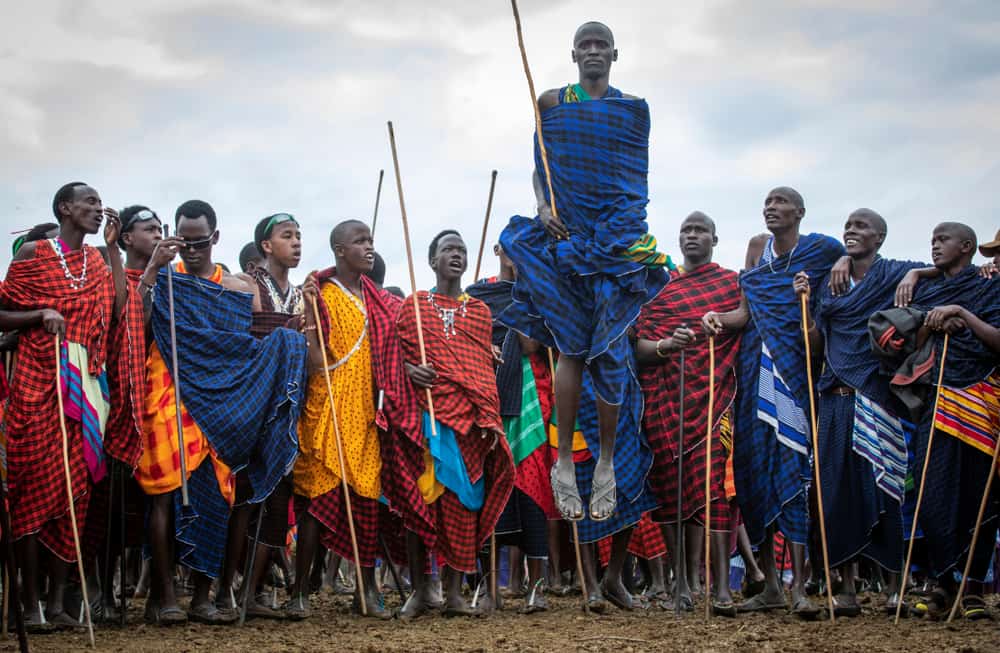
Perhaps the most internationally recognized of Tanzania’s tribes, the Maasai are synonymous with the image of East Africa. The Maasai roam the savannahs of northern Tanzania and southern Kenya, living in close harmony with the land and the wildlife that shares their home. Their nomadic pastoralist lifestyle, distinctive attire, and close relationship with the land make them a living symbol of cultural endurance. Visitors to Tanzania’s northern safari circuits are often captivated by the Maasai’s traditional life.
The Maasai economy is centered around livestock, particularly cattle. These animals hold economic, social, and spiritual value. Livestock serves as a source of food, a measure of wealth, and a key part of social transactions such as marriage dowries.
Their identity is expressed through their language, dress, and rituals. The bright red and blue shukas (cloths), beaded jewelry, and jumping dance, known as the “adumu,” are recognizable symbols of Maasai culture. Initiation rites, such as the warrior (Moran) initiation, are important in marking life stages and community responsibilities.
While the Maasai maintain their traditional way of life, they are also engaging with modern challenges and opportunities. Education, land rights, and environmental conservation are key areas where the Maasai are actively working to balance tradition with the demands of the 21st century.
Haya
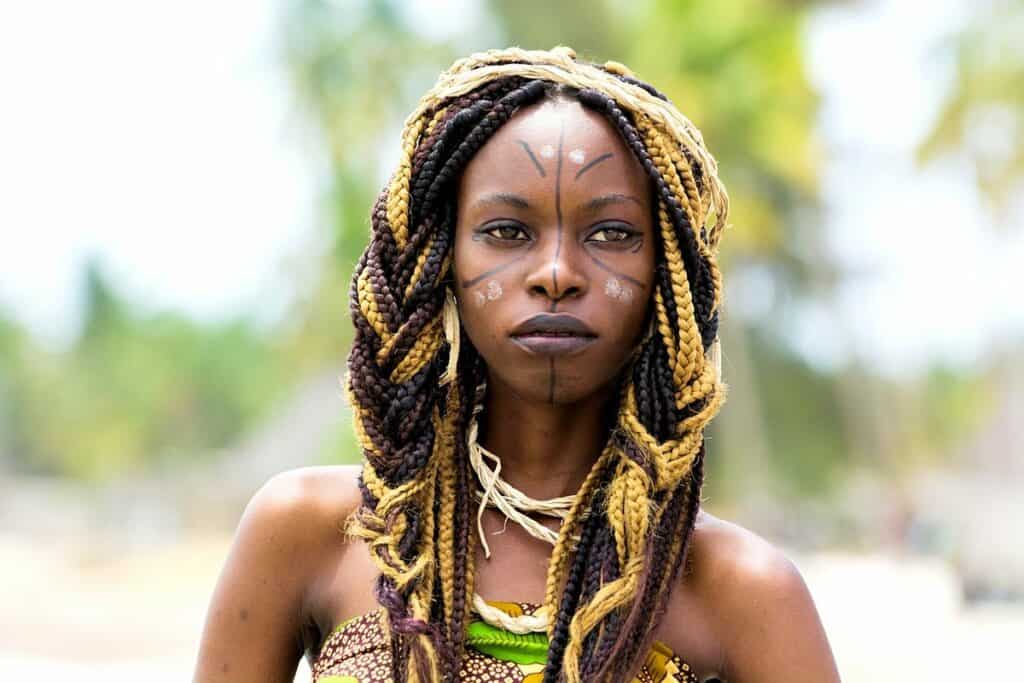
Residing along the shores of Lake Victoria in the Kagera region, the Haya people are known for their rich cultural heritage and agricultural techniques. Banana cultivation is at the heart of Haya agriculture, serving as a staple food and a key component of traditional brewing practices. The Haya are also skilled in iron smelting. This expertise in ironworking is celebrated for its historical importance and craftsmanship.
The Haya place a strong emphasis on community and social cohesion, with elaborate ceremonies and rituals marking important life events and seasons. Music, dance, and storytelling are vibrant aspects of Haya culture, serving as mediums for education, entertainment, and the preservation of history and moral values.
The Haya’s traditional belief system encompasses ancestor worship and a deep respect for the natural world. Rituals and practices aimed at ensuring fertility, health, and prosperity reflect the integration of spiritual beliefs into daily life.
Makonde
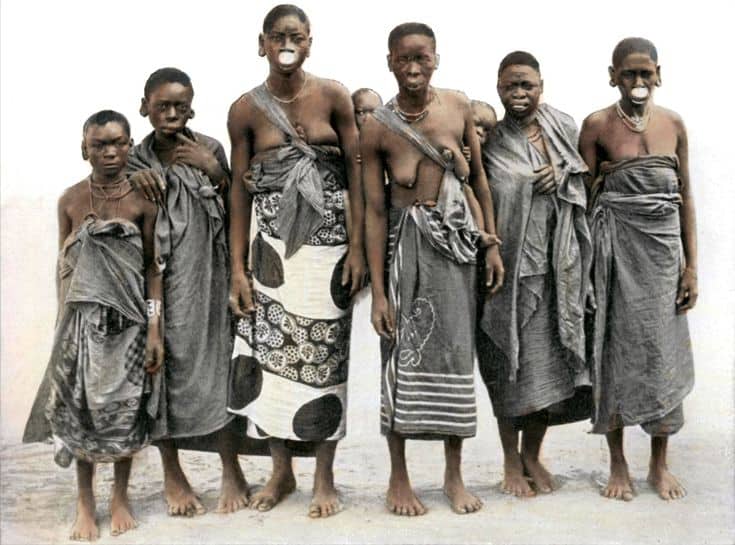
The Makonde tribe resides primarily in the southeastern plateau of Tanzania, near the Mozambique border. This small but vibrant community is known for its exceptional woodcarving skills.
Makonde woodcarvings are a tradition that has been passed down through generations. These carvings, often made from African blackwood (mpingo), range from utilitarian objects to elaborate sculptures. Human figures, daily life, and spiritual themes are often depicted in their art. Their “Lipiko” and “Mapiko” masks are used in initiation ceremonies and traditional dances. “Shetani” are carvings that represent spirits and supernatural beings.
Spirituality is a large part of Makonde society. Ancestral worship and respect for natural and supernatural forces is deeply embedded in their way of life. The rituals and ceremonies are believed to mediate between the human and spiritual worlds.
































































